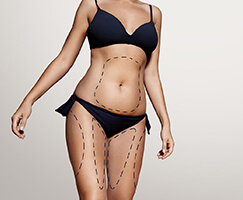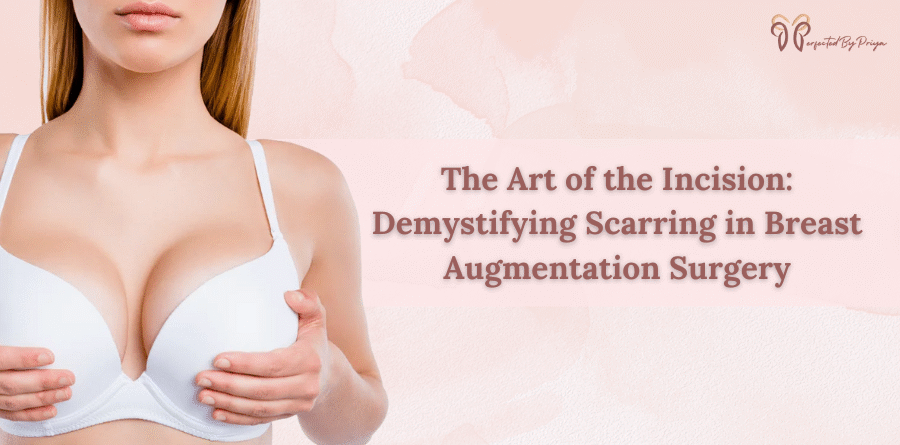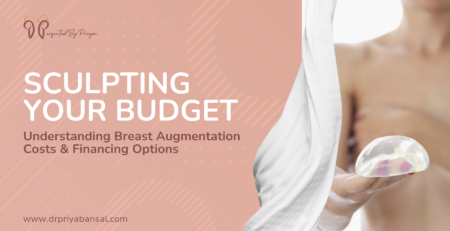The Art of the Incision: Demystifying Scarring in Breast Augmentation Surgery
You’ve stood in front of the mirror countless times—picturing, hoping, wondering. Not just about a change in size, but a shift in how you feel when you catch your reflection. Breast augmentation surgery is often about confidence, identity, and feeling more like yourself. But one concern quietly lingers in the minds of many women considering it: scarring.
How visible will it be? Will it affect the result? And most importantly, can you feel confident, not just in your new shape, but in your skin too?
Let’s unpack these questions and bring clarity to one of the most commonly misunderstood aspects of breast enhancement.
Where Art Meets Science: Understanding Incision Techniques
When performed with precision, breast augmentation surgery becomes a true art form. And like every masterpiece, it begins with a careful line—in this case, the incision.
The location and method of incision are crucial in determining both the final aesthetic and the visibility of scars. Some of the most common approaches include:
- Inframammary incision: Placed in the fold under the breast, it offers excellent control and discreet scarring.
- Periareolar incision: Around the areola’s edge—popular for its ability to camouflage well in natural colour transition.
- Transaxillary incision: Through the armpit, avoiding scars on the breast itself.
A skilled plastic surgeon will recommend the most suitable technique based on your anatomy, implant type, and personal preferences. It’s not just about placing the implant; it’s about preserving the natural beauty of your body.
The Truth About Scars: What to Expect & How to Minimise Them
Scarring is a natural part of healing, but with modern techniques, it no longer has to be a dealbreaker.
Immediately after breast augmentation surgery, incisions may appear red or slightly raised. Over time, with proper care, these lines usually fade into fine, barely noticeable marks. Surgeons today use layered suturing, minimal tension techniques, and medical-grade scar treatments to ensure healing is as seamless as possible.
What you can do:
-
- Follow your surgeon’s post-op care instructions meticulously.
- Protect incisions from sun exposure.
- Consider silicone-based scar treatments or recommended ointments.
- Stay patient—scars evolve over months, not weeks.
Here’s a perspective shift: scars are not imperfections; they’re part of your transformation story. When created with care and intention, they’re subtle, refined, and often invisible in daily life.
Trust in Experience: Why Your Surgeon Matters
Every decision you make in this journey matters—but none more than who you trust to guide you through it. From incision placement to post-op scar care, an experienced and thoughtful hand makes all the difference.
If you’re considering breast augmentation surgery in Delhi, Dr. Priya Bansal is a name trusted by countless women seeking natural, elegant outcomes. Known for her meticulous technique and patient-first approach, she prioritises not only the results you see but the details you don’t—like well-hidden scars and graceful contours.
As a leading plastic surgeon in India, Dr. Bansal brings both artistry and empathy to every procedure. She believes cosmetic enhancement should feel empowering, not intimidating—and it shows in every consultation, every stitch, and every success story.
Confidence that Lasts Beyond the Incision
Yes, breast augmentation surgery involves incisions—but when performed with skill and supported by care, they fade in the background of a much bigger picture: you feeling at home in your body.
For those considering a cosmetic surgery in Delhi, discreet scarring is achievable with today’s advances. Don’t let the fear of a mark hold you back from the mark you want to make on the world.
















Leave a Reply
You must be logged in to post a comment.